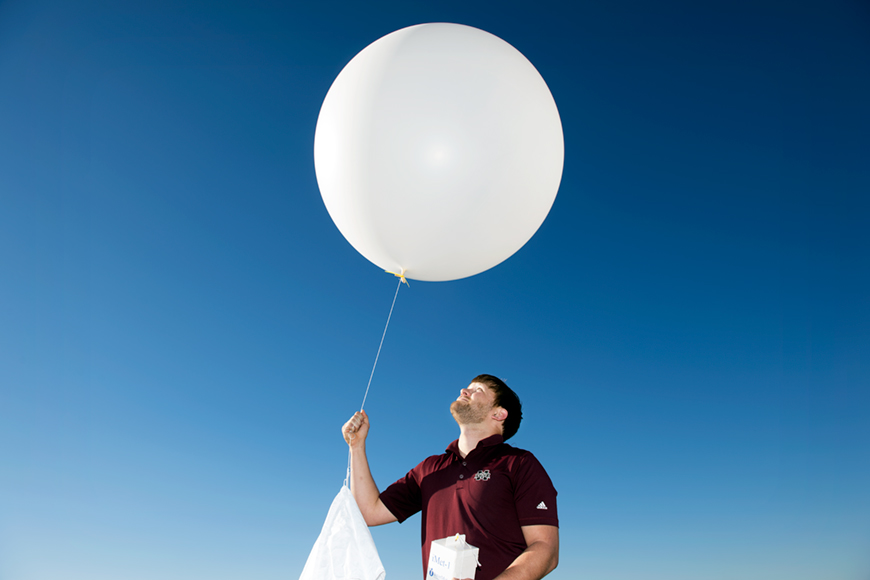Barrett F. Gutter

In 2005, 16-year-old Barrett Gutter experienced Hurricane Katrina from his residence in Covington, Louisiana, a New Orleans bedroom community located on the north shore of Lake Pontchartrain.
If there can be a small benefit from what the Federal Emergency Management Agency designated “the single most catastrophic natural disaster in U.S. history” it would be this: Witnessing that tragic event led Gutter to eventually pursue a doctorate at Mississippi State and prepare for a teaching career in meteorology.
It took time for him to arrive at the Starkville university. His higher education experience actually began with the study of finance and membership on the golf team at Jackson’s Belhaven College. Eventually, he transferred to the University of Alabama and the very different undergraduate study of geography.
“I always enjoyed weather, but I didn’t think I would pursue meteorology when I went to college,” he recalled recently. He credits “a professor at Alabama who got his degree from MSU” for “really sparking my interest in coming here to pursue weather.”
In the spring of 2013, Gutter received his first MSU degree, a master’s in professional meteorology from the Department of Geosciences.
While it might seem hard to top a first-hand Katrina experience, Gutter insists his most memorable weather experience involves the chase of what became known as the El Reno, Oklahoma, tornado of 2013. Measuring 2.6 miles across, the EF3 monster entered the record book as the widest tornado ever recorded in history.
At the time, Gutter was enrolled in severe storm methods, a geosciences course in which he now assists professor Mike Brown, leader of MSU’s nationally recognized meteorology program. Over the past four years, he also has taught courses in physical geography and synoptic meteorology.
Last year, scholastic achievements at the graduate level earned Gutter a National Science Foundation Fellowship. With the prestigious award, he developed a weekly lesson for Columbus Middle School in neighboring Lowndes County that melded meteorological knowledge with STEM curricula.
STEM is the widely used acronym describing educational programs that prepare primary and secondary students for collegiate-level study in science, technology, engineering and mathematics.
“It was very rewarding being able to work with young students and spark their interest in science,” Gutter said. “A lot of them didn’t realize they could pursue certain career paths in science, so it was a great experience getting to introduce them to that.”
After completing the terminal degree, he is planning for a career that enables others to share his passion for meteorology.
“One thing I have discovered through this process is how much I love teaching,” he said. “I definitely hope to be a professor once I finish.”